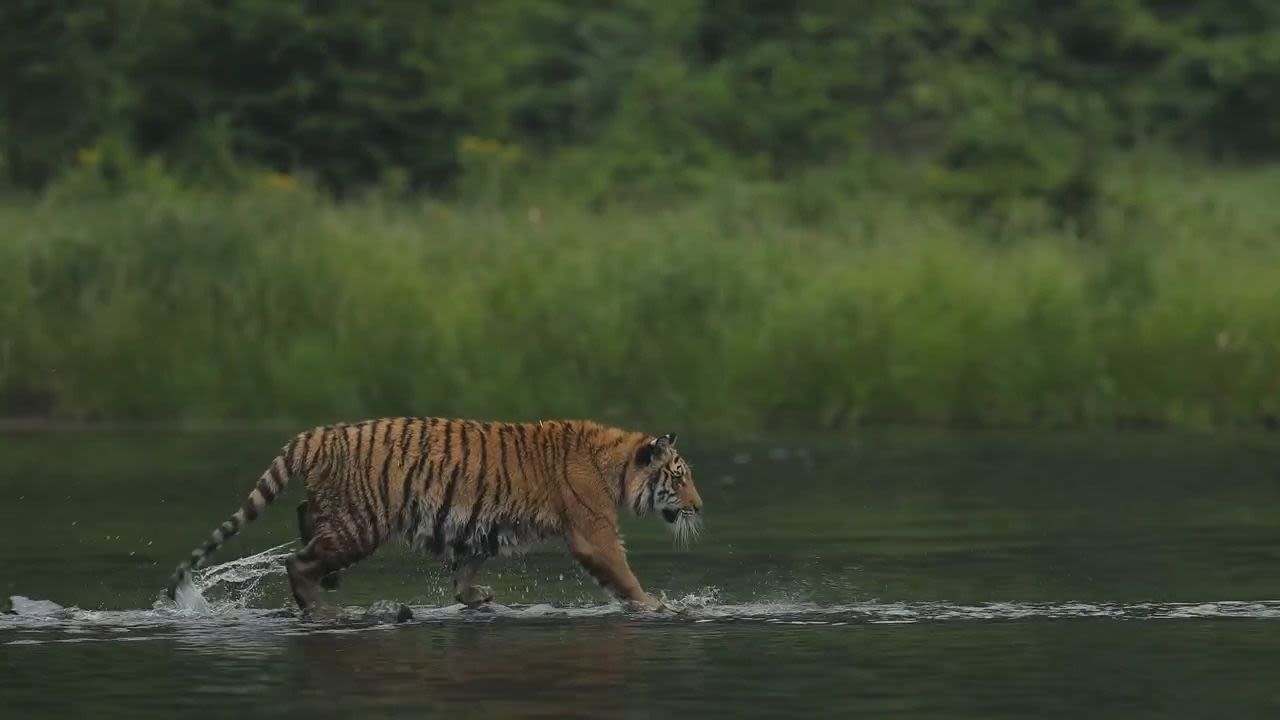Onward to the next Year of the Tiger

The 2022 Year of the Tiger has marked a pivotal moment in the ambition to restore wild tiger populations.
As we begin the next 12 years of tiger conservation work to the 2034 Year of the Tiger, we are committed to drive forward a framework that is tiger friendly, people centred, and embedded within the global and national economic agenda.
WWF’s forward-looking strategy will work in partnership with the rapidly changing communities living in tiger landscapes, build political will and landscape connectivity, change tiger consumer behaviour, reduce poaching and trafficking and ensure alignment with broader priorities of the environmental agenda, such as climate change adaptation and mitigation, land degradation and ecosystem restoration and rewilding.
TOWARDS COEXISTENCE
WWF will be ensuring that tiger landscapes are major contributors to socio-economic development, community well being, and gender equity. Our People Centred Tiger Conservation approach recognises that communities must be partners in tiger conservation, rather than simply actors or beneficiaries. This means we will be spending more time and a diversity of skills to better understand the attitudes, perceptions, and aspirations of communities; to identify how power dynamics and external factors influence conservation; to be able to develop a shared vision and common ground; and, to identify and implement a range of conservation incentives that go beyond just economic benefits.
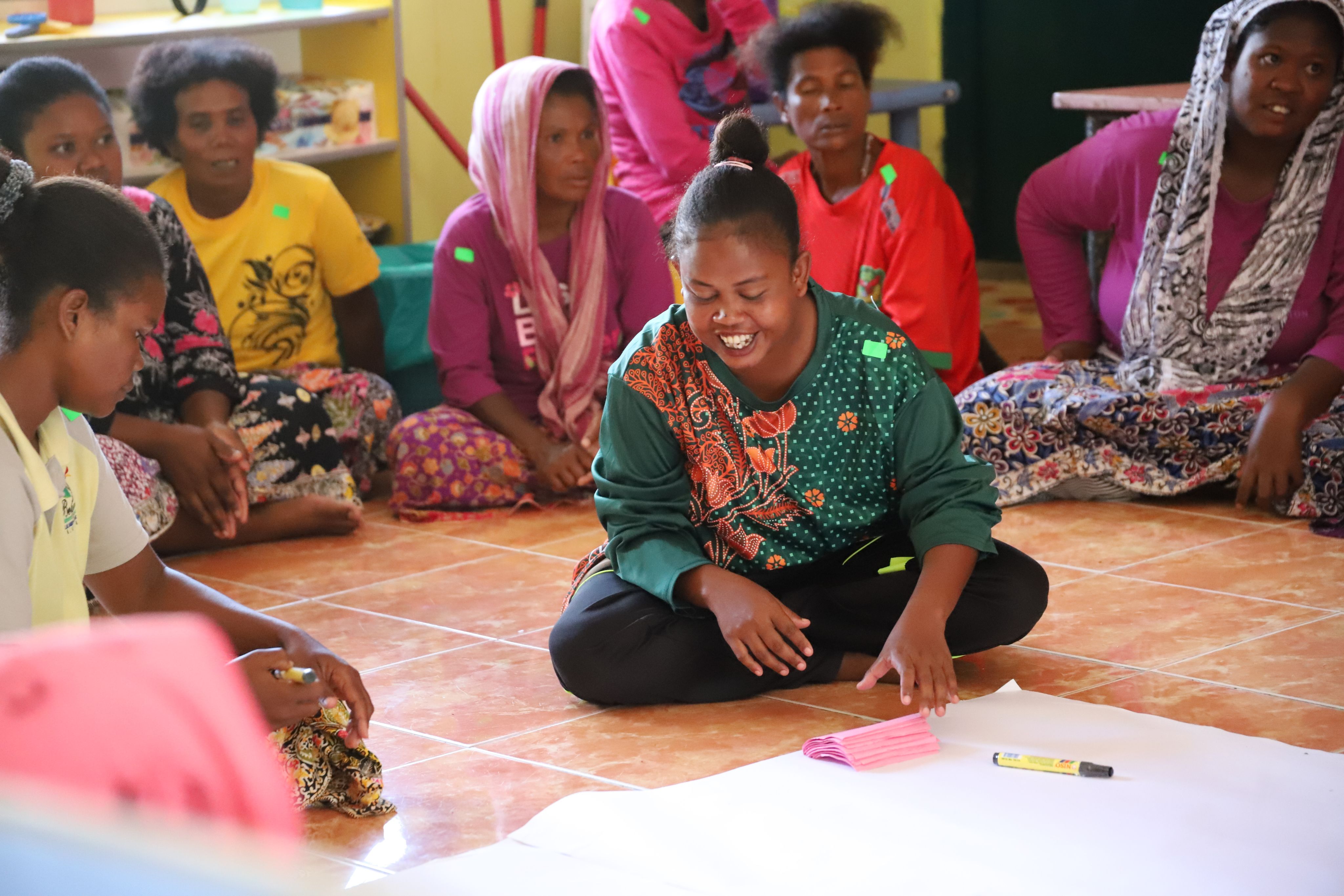
End exploitation
To end tiger trade and poaching, WWF will be strengthening responses to tiger trafficking and employing strategic evidence based behaviour change campaigns to reduce demand from tiger consumers. On the other end of the tiger trade WWF will continue to support sustainable and institutionalised ranger training opportunities as well the use of innovative technologies in anti-poaching. To help secure prey populations, we will also target evidence-led behaviour change campaigns for tiger prey consumers.
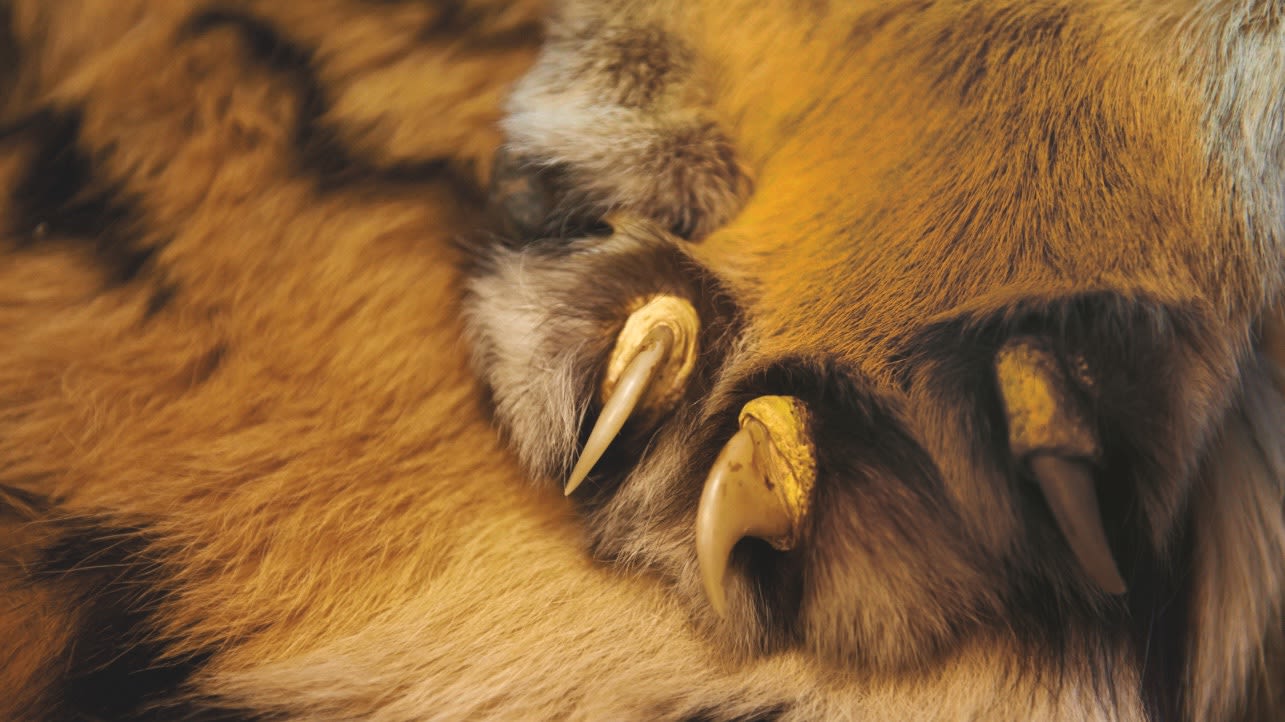
Secure Connected Habitats
WWF will continue to adopt a landscape approach which recognises that social-ecological processes, tiger behaviour and the genetic interaction of multiple small tiger populations across an area are critical for sustainable and long-term tiger recovery. To maintain the health of tiger populations, we will help manage tiger habitat and areas of the surrounding matrix synergistically to mitigate threats, restore prey populations, reduce conflict risks for humans and tigers, and maintain connectivity.
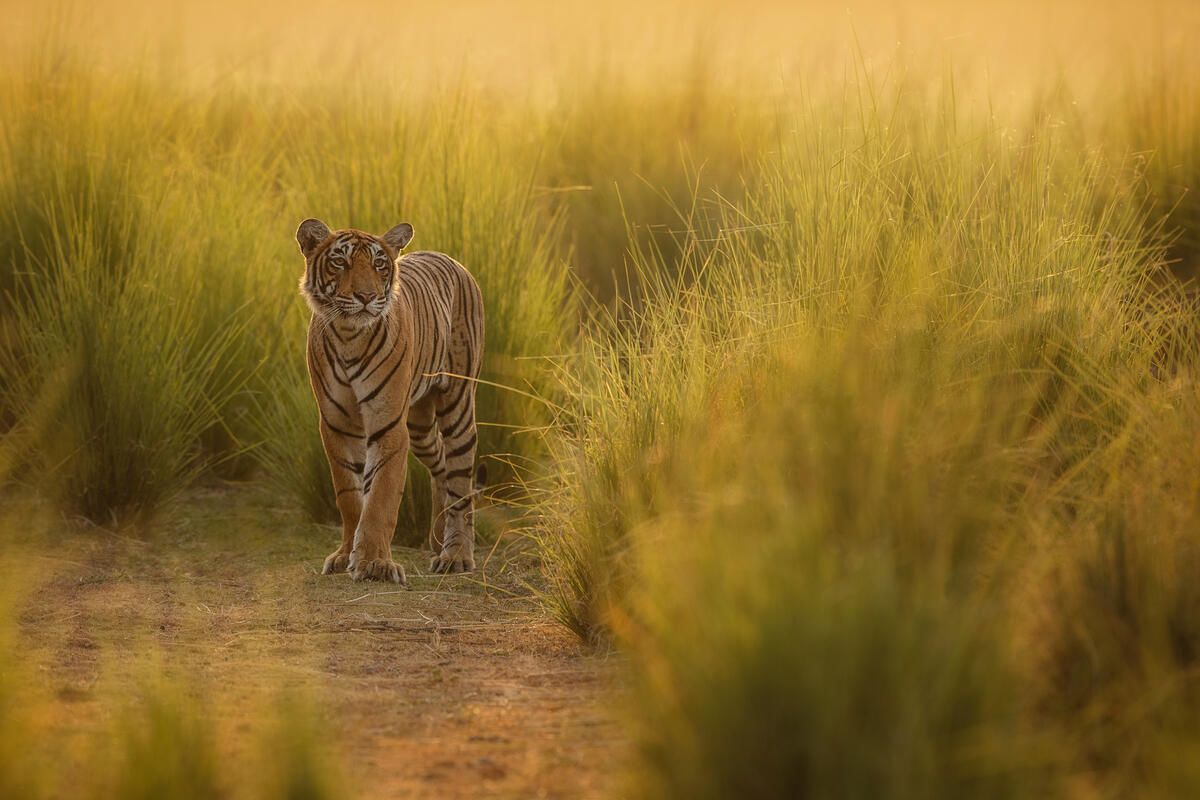
Expand Tiger Range
To expand wild tiger range we will be focused on and advocating for inspirational and ambitious rewilding projects in appropriate community supported sites across the tiger’s historic range. We will support detailed site feasibility analyses to be conducted in full partnership with local communities, for identified sites for potential reintroduction. WWF will also work with partners to build up effective protected area management systems, community and political support, and sufficient prey all of which are essential to support natural range expansion and prior to any tiger reintroduction effort.
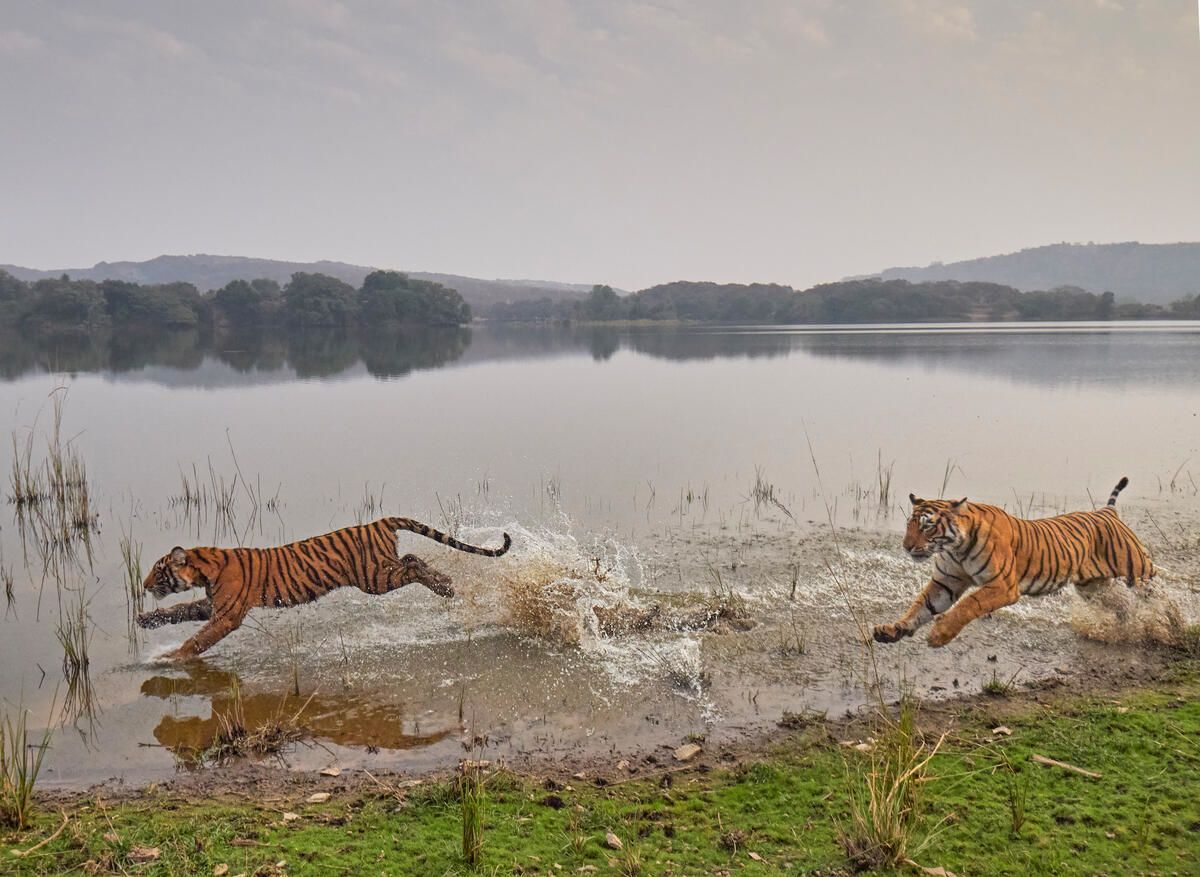
Unlock Capitals
To unlock both political will and financial investments WWF will use the strength of the coalition of NGOs (Fauna and Flora International, IUCN, Panthera, TRAFFIC, and Wildlife Conservation Society) at a global level to develop major joint activities around mutual priorities - greatly increasing our potential to achieve conservation impact and policy outcomes in those areas. We will also work with our partners at all levels from local to international to advocate for increased investment and political support for the recovery of tigers over the next 12 years.

Tigers are a conservation dependent species, so interventions will be continually needed to ensure their landscapes have the necessary components for them to thrive. We cannot lose the momentum we have spent decades building and we absolutely have to maintain long term investments. The effort it will take to secure a viable future for tigers is daunting, but the growing wild populations across much of their range and the opportunities to bring tigers back to their historic range is incredibly inspiring.
We are on a mission to ensure these iconic animals thrive for generations to come - join us.
